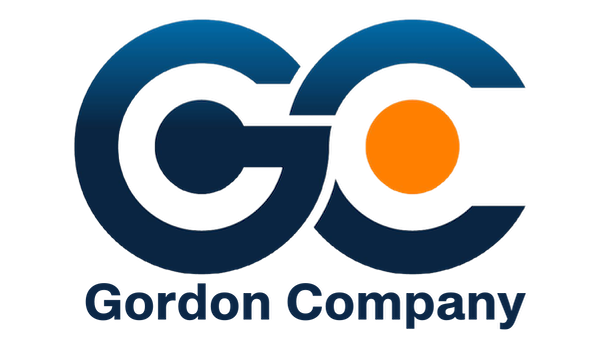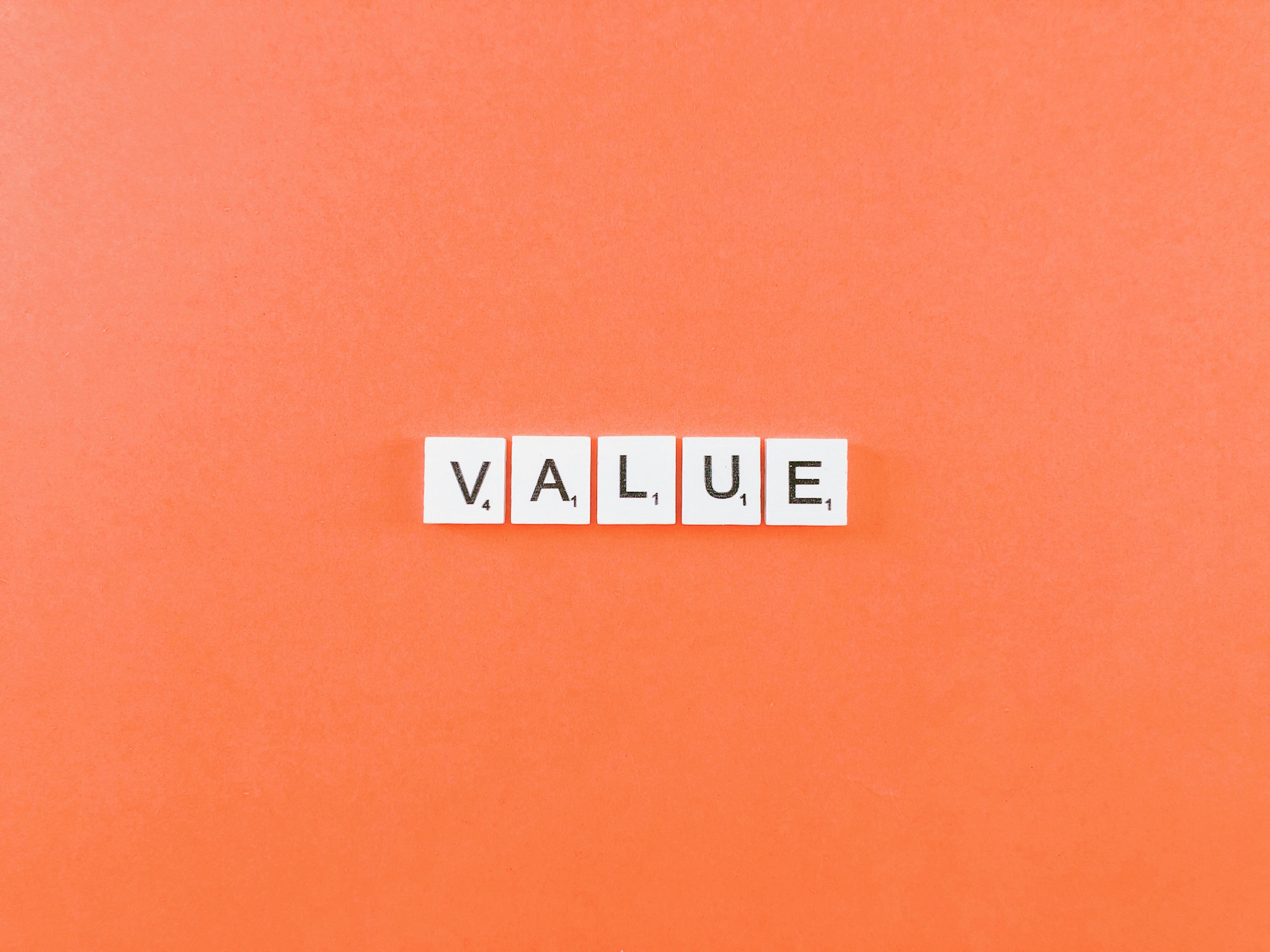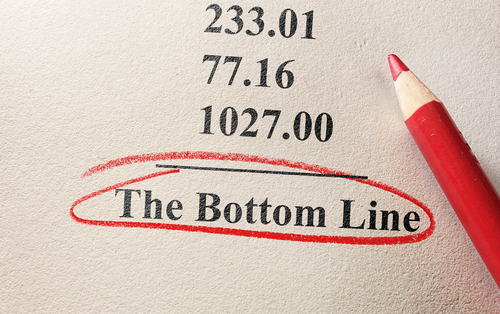“Price is what you pay. Value is what you get.” Warren Buffet
Inflated Business Value
In the present environment where we are getting back to normal from the pandemic and businesses are faring better, many business owners are looking for opportunities to cash out. However, there can be a problem when it comes to putting a dollar amount on something they created and committed themselves to. Grossly inflated notions of what their business is worth can derail a successful transfer from the start.
Valuation
You can’t put a value on a business simply by looking at its sales. Yes, usually valuations are done through multiples of sales. Most buyers, however, are interested in free cash flow, and free cash flow depends on profit, not sales.
EBITDA and Free Cash Flow
You need to begin by understanding what knowledgeable buyers are looking for. They will look first at your EBITDA, which are your earnings before interest, taxes, depreciation, and amortization. When that number is subtracted from the required yearly capital expenditures, you get a pretty good measure of free cash flow. In other words, free cash flow is the amount of cash a business generates in a year after paying all of its operating costs, expenses, and minimum new capital requirements but before covering taxes and interest and before deducting depreciation and amortization.
In-Depth Look at EBITDA
Even if you have solid EBITDA, buyers will want to know where that EBITDA comes from. They will look at your customer base for weight,broadness, diversity, and long-term commitment. They will also look at your pricing within your given market.
Determining Multiple
Given that you have a well-run business, you can probably get somewhere between 1x and 5x EBITDA. The exact multiple depends on various factors, such as interest rates, competition among buyers, the number of good businesses available, and other factors related to your particular business.
Future Potential
Buyers are buying the potential to make money in the future. The more money they are likely to make, the more money they are willing to pay for your business.
We are always looking to help people with the sale of their business. We offer services in a professional
manner with a consultative, individualized approach. For more information or to receive a complimentary consultation, click here.



